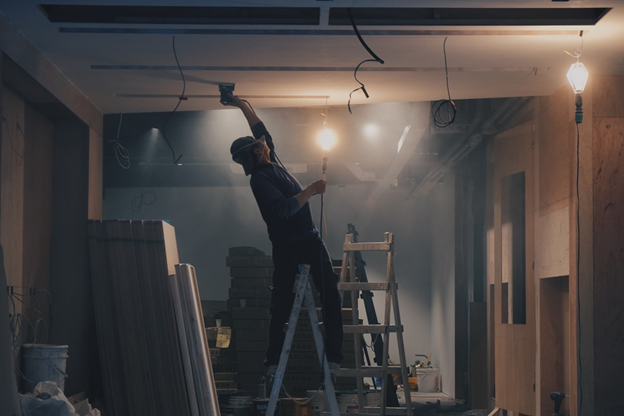Confined spaces—such as tanks, tunnels, and pipes—can be home to a multitude of hazards. These are fully or partially enclosed structures that are either not fit for prolonged human occupancy, or are spaces in which atmospheric hazards could be present.
These hazards can be in the form of oxygen deficiency, toxic gases, or even structural collapse, and can be fatal in some cases.
Individuals who work in construction or safety management should be aware of all of these risks, and need to be capable of eliminating them. Any confined space workers should be fully trained so they can practice safe working practices.
Toxic Atmosphere
Some enclosed spaces might have a toxic atmosphere, which could arise due to the presence of hazardous substances. These substances could be left over from previous processing, or could be released as a result of current work being carried out in that enclosed space.
On tankers, for instance, the release of hydrogen sulfide, carbon monoxide, and hydrocarbon gases could prove to be life-threatening, even at low concentrations.
Too Much or Too Little Oxygen
Oxygen-rich atmospheres give way to serious fires or explosions, while oxygen-deficient atmospheres are a severe health risk.
Oxygen levels that are lower than 19.5% are detrimental to the human blood circulation system. At 16%, the body undergoes nausea and overt sleepiness, while at 12%, the person becomes unconscious. Oxygen levels lower than this are fatal.
Physical Hazards
Physical hazards can be present in an enclosed space in the form of excessive heat, entrapment, injury, or electrocution.
- If heat builds up, the worker undergoes the risk of a heat stroke or fatigue.
- If the enclosed space has a sloping design, then the worker could slip into a space that is too tight to escape from.
- Falls may occur, and if the worker is in a toxic area, they may not be able to get out in time and could suffer serious damage.
- If the enclosed space contains any live wires or power lines, the worker could get electrocuted. All circuits and connecting wires should be switched off before working in the enclosed area.
Flooding
If all the valves are not turned off properly while working in an enclosed area – such as a pipe inside a manufacturing plant – the enclosed area could flood, leading to the worker drowning.
Entry and Exit Hazards
The entrance or exit of the confined space might not be large enough to facilitate the immediate evacuation of the worker in case an emergency—such as a flood—arises.
There are many risks associated with working inside enclosed spaces. Any construction worker, plant engineer, or on-site safety analyst would greatly benefit from our Confined Safety for Entrants course.
We here at Metro Safety First Aid Training School care about worker safety, and want to ensure that every entry into enclosed spaces is in full compliance with the law.
We also offer Red Cross approved first aid training courses throughout British Columbia. Call us today at 604-521-4227 or email us at info@metrosafety.ca to learn more about our courses.







